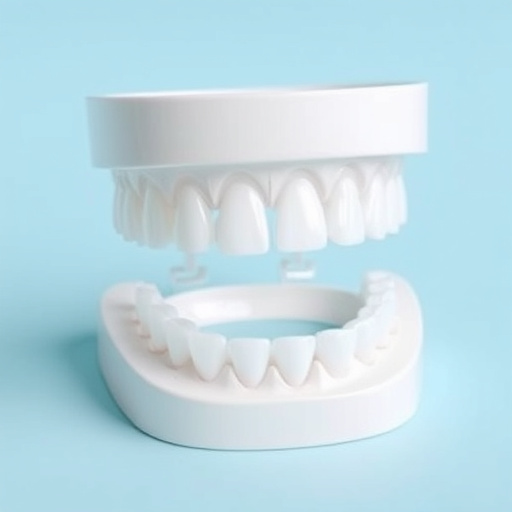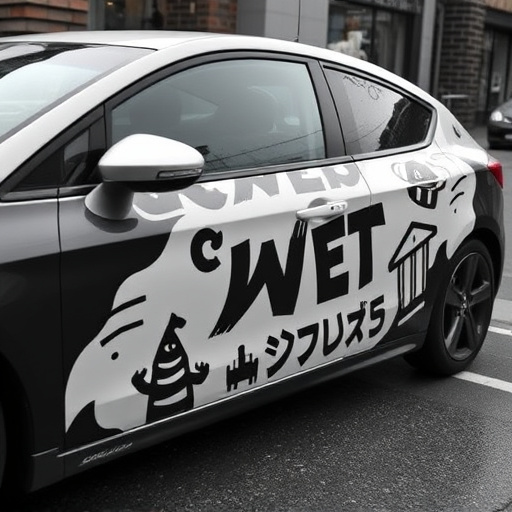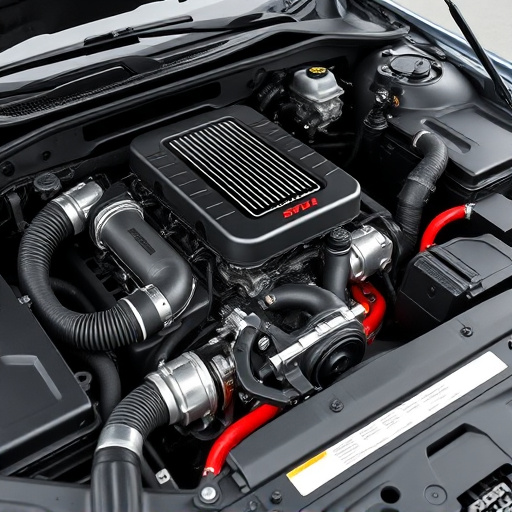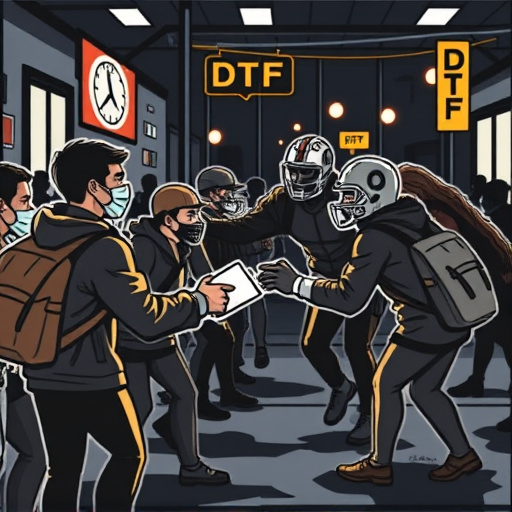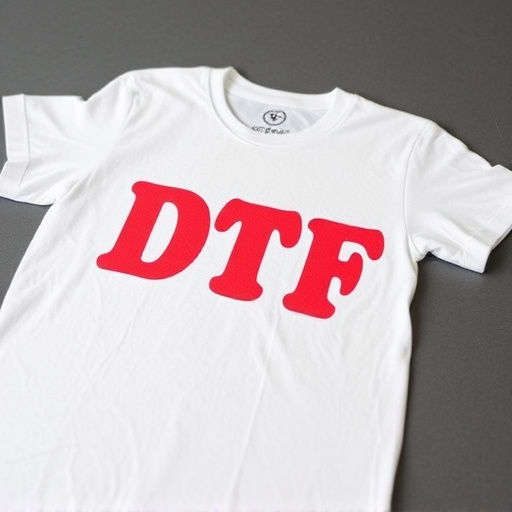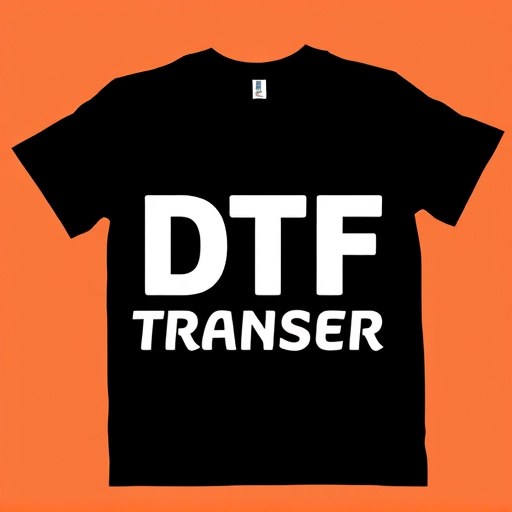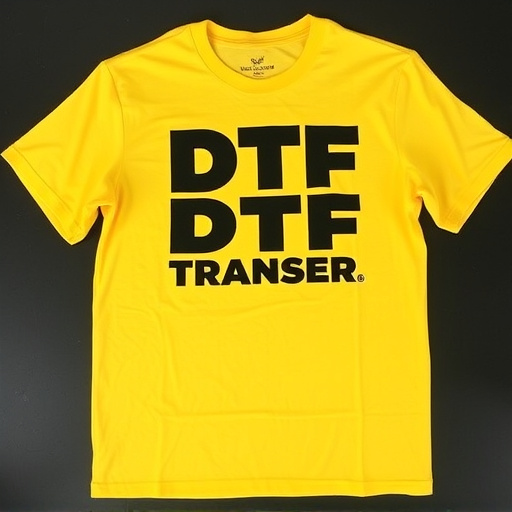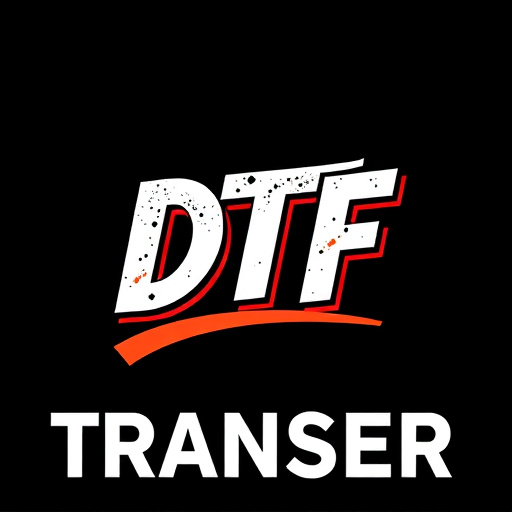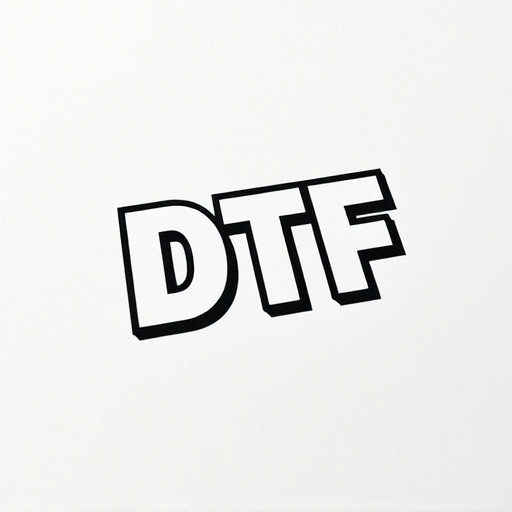Direct-to-film (DTF) printing is a cutting-edge technology offering unparalleled precision and clarity in image reproduction, suitable for various media and applications, including fine art, photography, and commercial uses. It excels in vibrant colors and sharp details. Dye sublimation printing, while known for rich, vivid colors on fabrics and plastics, may not capture subtle nuances as precisely as DTF. DTF prints have a shorter lifespan due to surface bonding but are ideal for short-run productions. Dye sublimation is more durable, suitable for outdoor applications, and provides cost savings through bulk printing. Both technologies cater to specific needs, with DTF gaining popularity for its accessibility and quality.
Direct-to-film (DTF) transfers and dye sublimation printing are two distinct methods for creating high-quality images on various materials. Understanding the nuances between these techniques is crucial for businesses and individuals alike, especially in the world of custom printing. This article delves into a comprehensive overview of DTF prints, explaining their operation, benefits, and drawbacks. We also explore dye sublimation printing, its underlying mechanisms, and how it compares to DTF in terms of quality, durability, cost, and practical applications.
- Understanding Direct-to-Film (DTF) Prints: A Comprehensive Overview
- The Basics of Dye Sublimation Printing: How It Works
- Key Differences: Quality and Image Fidelity
- DTF vs. Dye Sublimation: Durability and Longevity Considerations
- Applications and Use Cases for Each Printing Method
- Cost Analysis: Comparing DTF Transfers and Dye Sublimations
Understanding Direct-to-Film (DTF) Prints: A Comprehensive Overview
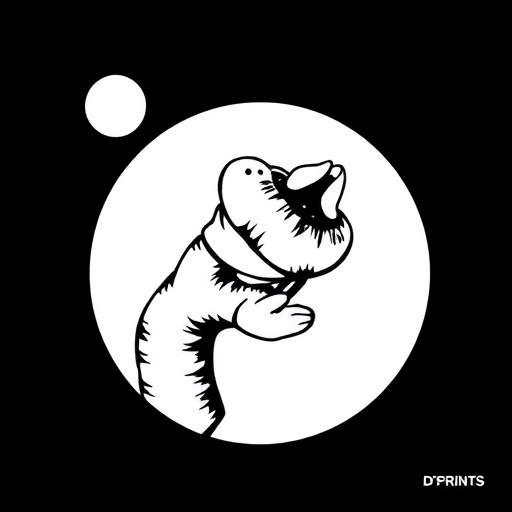
Direct-to-film (DTF) printing is a cutting-edge technology that has revolutionized the way we reproduce and display images. Unlike traditional printing methods, DTF prints directly onto a variety of media, from canvas to metal, without the need for intermediate films or coatings. This innovative approach offers unparalleled precision and clarity, ensuring that every detail of the original image is accurately represented.
DTF prints achieve their exceptional quality through a complex process involving advanced inkjet technology and specialized materials. The inks used are designed to penetrate the surface of the media, creating a deep, vibrant, and lasting color saturation. This method not only enhances visual appeal but also provides superior durability, making DTF prints suitable for both indoor and outdoor displays, commercial applications, and even fine art pieces.
The Basics of Dye Sublimation Printing: How It Works
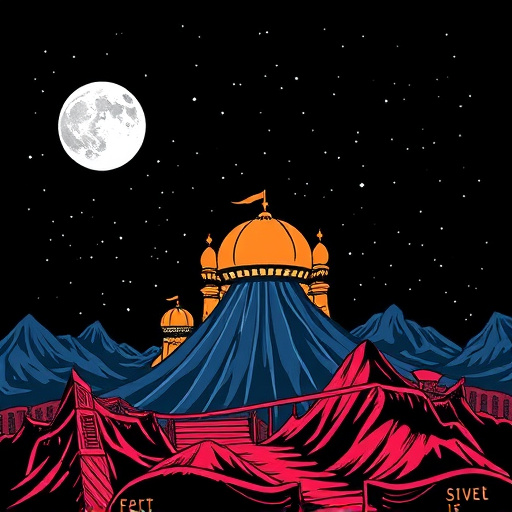
Dye sublimation printing is a sophisticated process that has gained significant popularity in the world of print media, especially for high-quality imaging on various materials. This technique involves transferring dye from a solid state onto a substrate, typically fabric or plastic, through heat and pressure. The process starts with a dyed solid, often a sheet of polyester, which is heated until it sublimates, transforming directly into a gas. This gas permeates the substrate’s surface, creating an intricate and vibrant image.
Unlike Direct-to-Film (DTF) prints, where ink is applied to a film or paper and then transferred to the final medium, dye sublimation printing works on the principle of direct dye absorption. The image is sandwiched between the heated dye sheet and the substrate, ensuring precise color replication and exceptional detail. This method is renowned for its ability to produce rich, vivid colors and fine line details, making it a favorite among professionals demanding top-tier prints for applications like textile design, signage, and photo printing.
Key Differences: Quality and Image Fidelity

Direct-to-film (DTF) transfers and dye sublimation printing are two distinct methods for creating high-quality prints, each with unique advantages and considerations. When it comes to quality and image fidelity, DTF prints often hold an edge. DTF technology directly applies ink to the print medium, resulting in vibrant colors and sharp details. This method ensures that the original image is accurately reproduced, making DTF prints particularly suitable for fine art, photography, and high-resolution graphics where maintaining image integrity is paramount.
In contrast, dye sublimation printing involves transferring dyes onto a substrate through heat, which can sometimes lead to slight variations in color and detail compared to DTF prints. While still producing stunning visuals, especially on textured materials, the process might not capture every subtle nuance of the original source material as precisely as DTF technology. As such, for applications demanding the highest level of image fidelity, particularly in fine art and professional photography, DTF prints are often preferred.
DTF vs. Dye Sublimation: Durability and Longevity Considerations
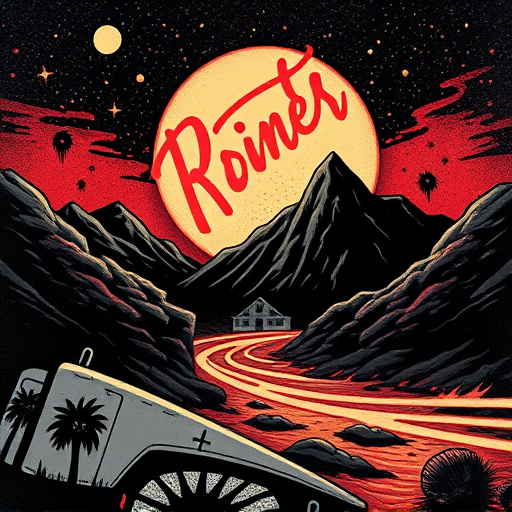
Direct-to-film (DTF) prints and dye sublimation printing are two distinct methods with different longevity characteristics. DTF prints, as the name suggests, involve transferring ink directly onto a film or surface, which is then applied to various materials like fabric or metal. This process often results in vibrant colors and sharp details right from the start. However, DTF prints may be more susceptible to fading over time, especially when exposed to direct sunlight or harsh chemicals, as the ink is not actually absorbed into the substrate but rather bonded onto its surface.
On the other hand, dye sublimation printing involves infusing dyes into the material itself during the heating process, leading to a seamless and durable integration of colors. This method ensures that DTF prints are more resistant to fading, peeling, or cracking over extended periods, making them ideal for applications that require longevity, such as outdoor signage, banners, and promotional items. Dye sublimation printing also offers better color consistency across different materials and sizes, ensuring that the vibrant hues remain intact even under adverse conditions.
Applications and Use Cases for Each Printing Method
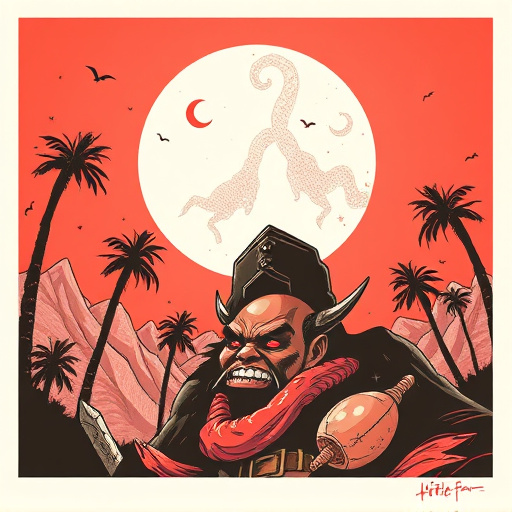
Direct-to-film (DTF) printing and dye sublimation printing are two distinct techniques with unique applications in various industries. DTF prints are ideal for high-quality, full-color imaging on a variety of materials, from banners and posters to clothing and accessories. This method is particularly well-suited for short-run productions, allowing businesses and designers to swiftly create custom products without the need for complex setup or equipment. For instance, it’s commonly used in event planning for creating personalized merchandise or promotional items.
On the other hand, dye sublimation printing excels in producing vibrant, detailed images on various substrates like polyester, paper, and metal. It is a popular choice for photo printing, art reproduction, and even fabric printing for textile industries. This process involves infusing color dyes into a solid substrate, resulting in rich, long-lasting colors. Dye sublimation is often preferred in situations requiring high-resolution imaging, extensive color range, and the ability to print on non-planar surfaces, making it versatile for both commercial and artistic endeavors.
Cost Analysis: Comparing DTF Transfers and Dye Sublimations
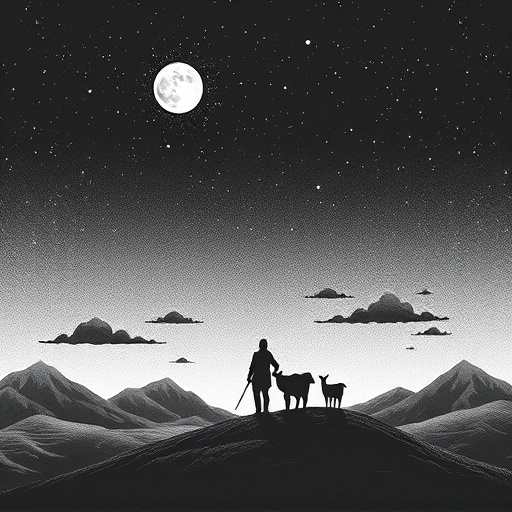
Direct-to-film (DTF) transfers and dye sublimation printing are two distinct methods for creating high-quality prints, each with its unique advantages and cost implications. When considering the cost analysis between DTF prints and dye sublimation, several factors come into play. Initially, setup costs for dye sublimation machines can be substantial, making initial investment a significant consideration. However, once established, this method offers economies of scale as it allows for the printing of various materials, including fabrics and plastics, expanding its versatility and potential for cost-saving in bulk orders.
On the contrary, DTF transfers tend to have lower setup costs, rendering them more accessible for smaller businesses or individual artists. Yet, the long-term expenses may include higher material costs per print, especially for high-resolution images or larger formats. Nonetheless, with advancements in technology, DTF prints are continually improving, bridging the gap with dye sublimation in terms of both quality and cost-effectiveness.


